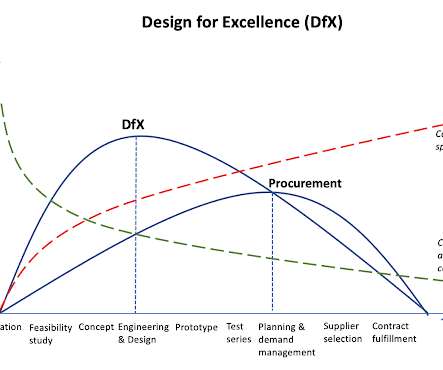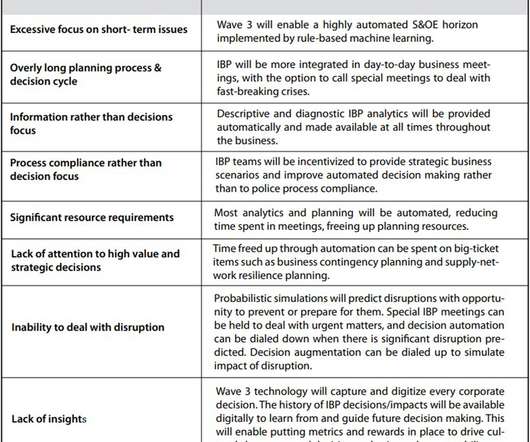Streamlining supply chain management: Strategies for the future
IBM Supply Chain Blog
FEBRUARY 19, 2024
Why supply chain management matters Supply chain management involves coordinating and managing all the activities involved in sourcing , procurement, conversion and logistics. It includes everything from product development and strategic decision-making to information systems and new technologies.












Let's personalize your content